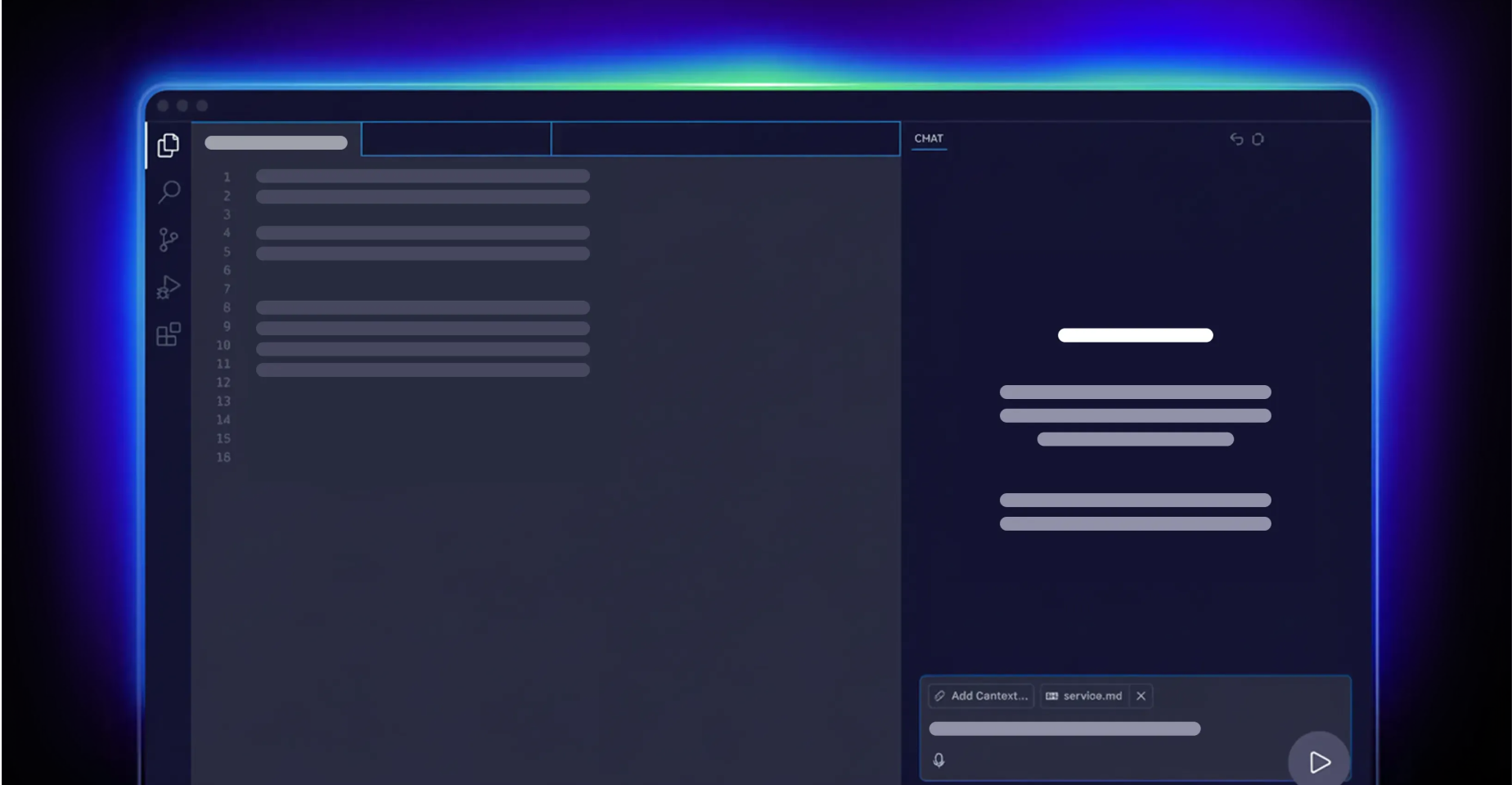Helping a Global SaaS Company Expand Into Europe
Modus Create built a secure cloud infrastructure for a popular customer engagement SaaS company, laying the foundation for its expansion into Europe.

Table of contents
Subscribe via Email
Subscribe to our blog to get insights sent directly to your inbox.
One of the world’s leading digital customer engagement tools wished to replicate its AWS infrastructure in the US for expansion into Europe. Modus Create deployed a modern, automated infrastructure, allowing the client’s flagship SaaS portfolio to scale in Europe and beyond in just 12 weeks.
Our Work Involved
- Cloud Assessment
- Infrastructure as Code
- State Analysis
- Knowledge Base Creation
- ECS Build with Terraform
- Cloud Infrastructure Automation
Impact
- Reduced VPC Costs
- Automated Infrastructure Deployment
- Consolidated Documentation
- Improved Regulatory Compliance
3 Months – Engagement Duration
6 VPCs Consolidated Into One
A popular customer-sentiment analysis tool was initially envisioned as a simple mobile app. An earlier engagement with Modus Create had helped it transform into a full-scale SaaS platform to increase call center efficiency. The platform was a huge hit and got acquired by a global digital customer engagement company.
A few months after the acquisition, the client decided to expand into the European market. It already had a mature and robust infrastructure powered by AWS in the United States. However, it lacked the scaffolding required to expand into Europe.
The client approached Modus Create to replicate the US back end so the platform could confidently deploy in Europe.
Understanding the Problem
A team of six experts from Modus Create (DevSecs specialist, DevOps engineers, lead engineers, and a project manager) joined the client team to work on the project. They noticed that almost 90% of the AWS infrastructure in the US was built manually and didn’t have sufficient documentation. In addition, many of the developers who had worked on the initial infrastructure had left the organization, which made replicating it especially difficult.
The client recognized this hampered growth and could eventually affect application performance, security, and efficiency.
Therefore, the team decided to troubleshoot the entire infrastructure and automate it completely. This would create a strong foundation for replicating the infrastructure for new locations in the future.
Performing State Analysis
Our team gathered data to perform state analysis across three pillars – Security, Automation,and Documentation.The goal was to understand the gaps between the existing and ideal state and propose a strategy to bridge them.
The team identified the following gaps:
- The Jenkins version was out of date
- HSTS was missing from the HTTPS server
- Infrastructure couldn’t be set up by running a file
- Confluence data was out of sync with the state of procedures, integrations, and configuration files
Implementation Strategy and Execution
The team proposed ECS Architecture instead of EKS as it would provide the flexibility to be “cloud agnostic” and deploy the environment into other cloud providers. It also suggested a plan to reduce the AWS infrastructure by collapsing six VPCs into one, which would lead to significant cost savings.
Related Customer Stories
Discover more customer stories.


